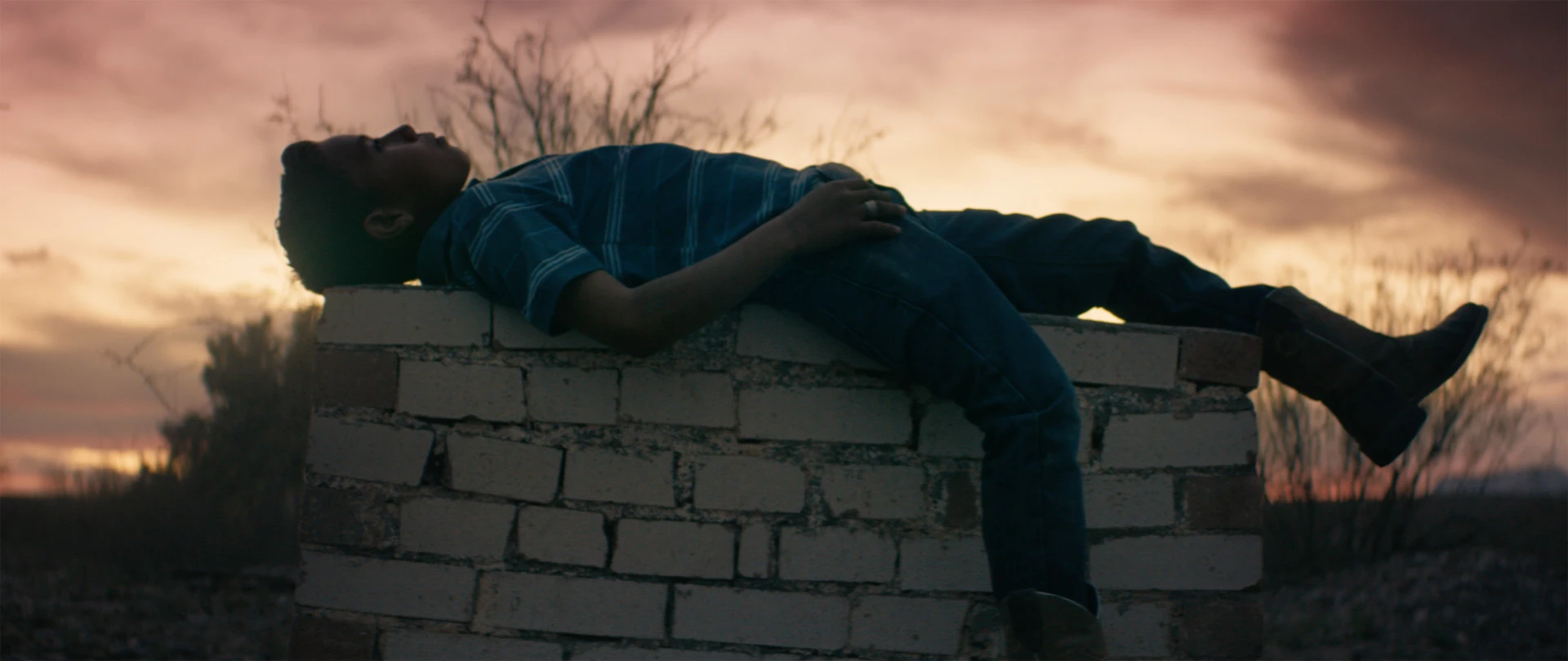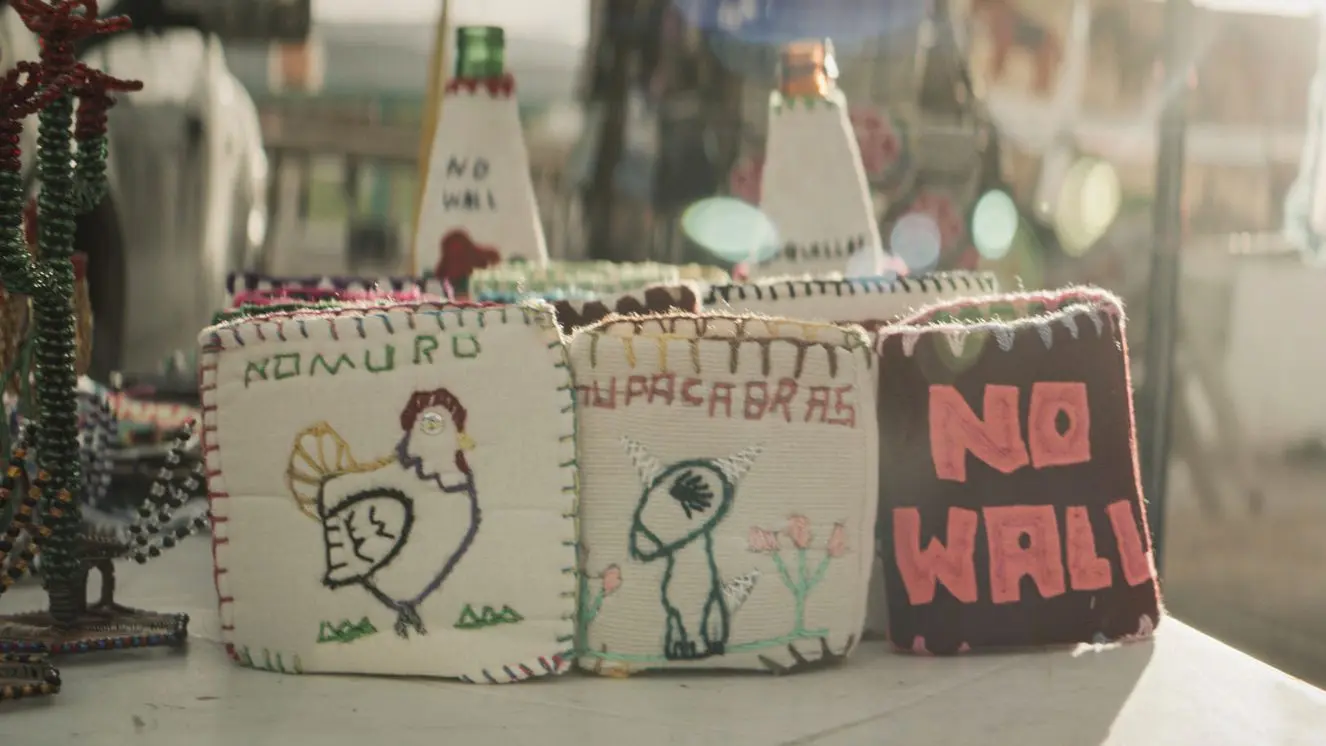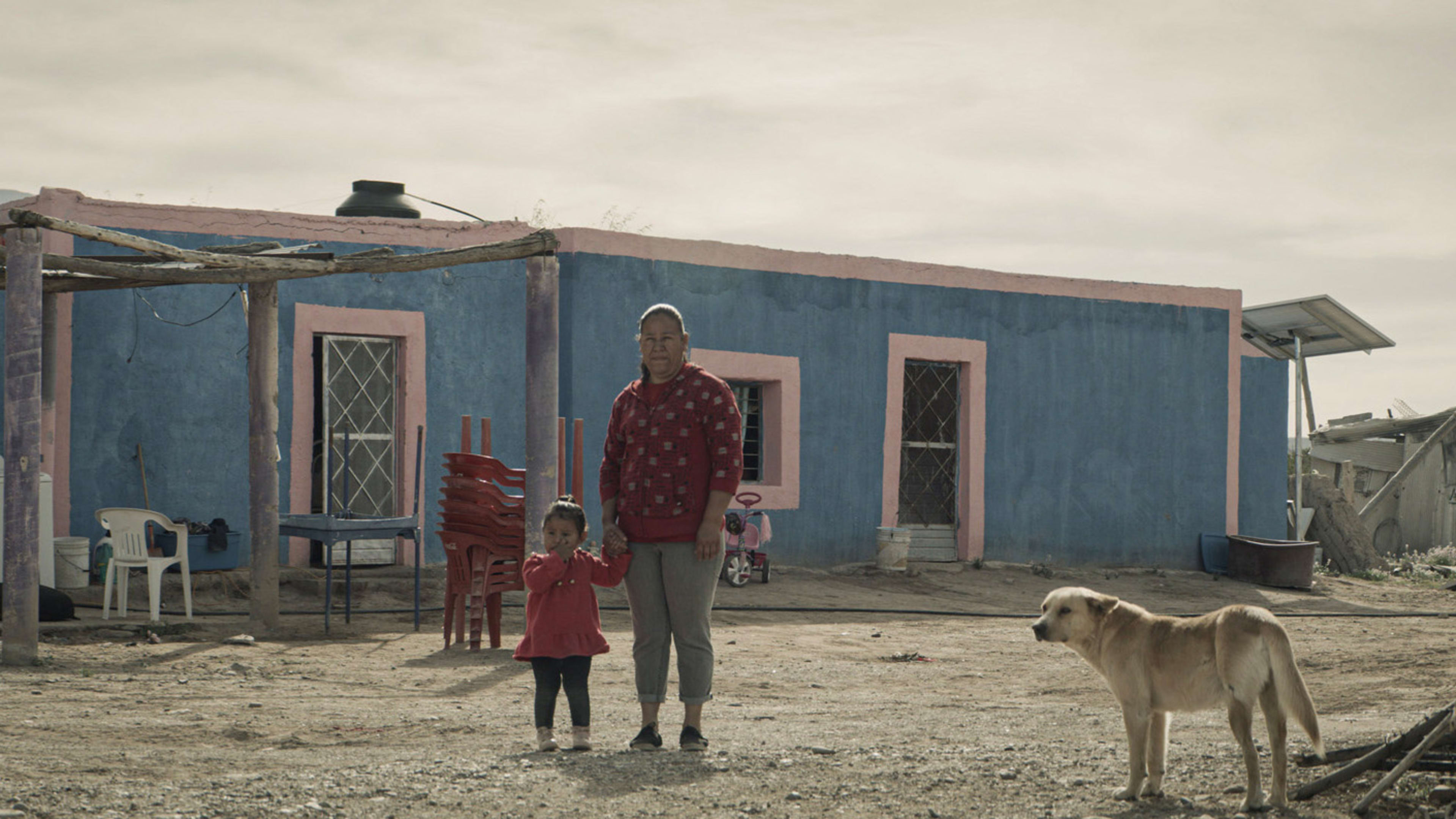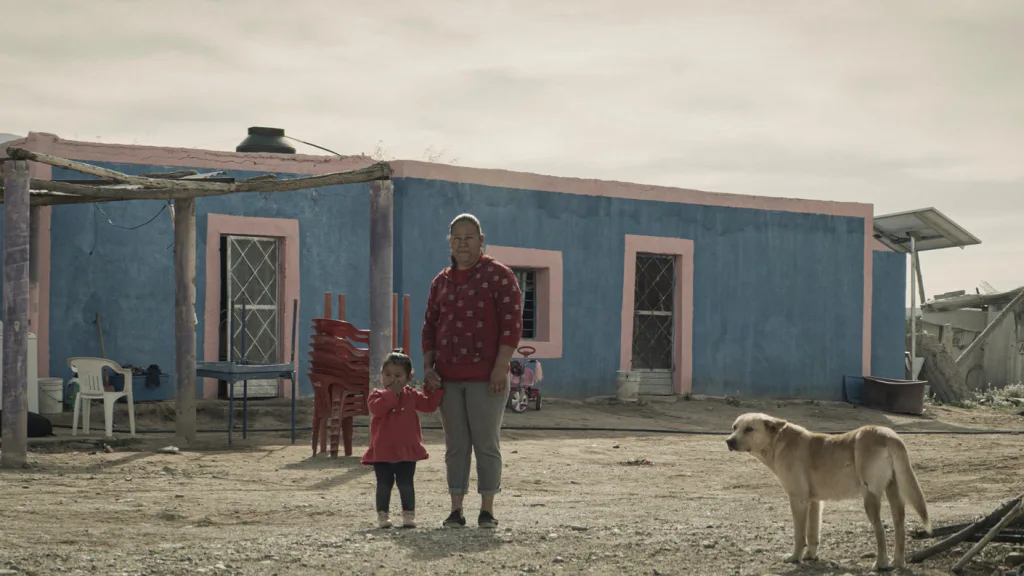To reach the tiny town of Boquillas del Carmen, Mexico, you take a rowboat across the Rio Grande from the southern edge of Big Bend National Park in Texas. On the Mexican side of the border, the closest city, Múzquiz, is more than four hours away on a dirt road through the mountains.
“It’s basically one of the hardest places to get to,” says Luis Peña, a director and photographer who spent five days in the village earlier this year to document the culture—and the fact that it might disappear if the border wall extends across this stretch of the Rio Grande.
The remoteness makes the place, originally a mining town, unique. Kids play freely in the streets. The roads aren’t paved, there’s no gas station, and people enter town on mules. As Peña filmed, a man passed at full speed on horseback, looking like a character from an old Western. Until 2015, when the town got solar panels, there was no electricity. It’s surrounded by the same beautiful landscape as the national park, and tourists travel from the park to hike and fish and buy local art or tequila. Residents cross the border to buy gas, groceries, and other supplies. An elite firefighting squad, known as Los Diablos, lives in the town and travels to the national park to fight wildfires.


Peña, who grew up in Texas and now works as a director in San Francisco, initially worked on a short documentary about Boquillas but then chose to make the film wordless, telling the story of the place in images. He also worked with a friend to compose a song that would convey the impending sense of loss. “I wanted to make a film that, in a very short amount of time, allowed you to feel the beauty of the culture,” he says. As the film ends, we see a shot of the wall on a nearby piece of the border and the empty desert stretching to the side.
Recognize your brand’s excellence by applying to this year’s Brands That Matter Awards before the final deadline, June 7.
Sign up for Brands That Matter notifications here.







